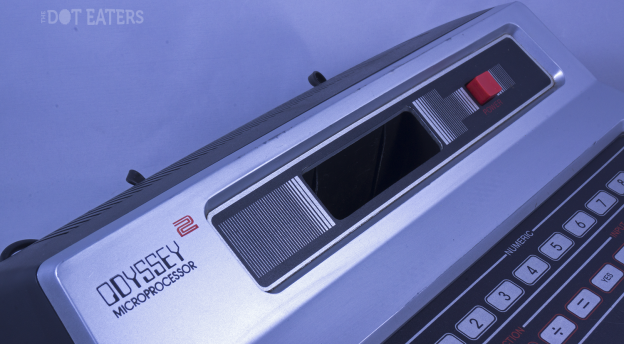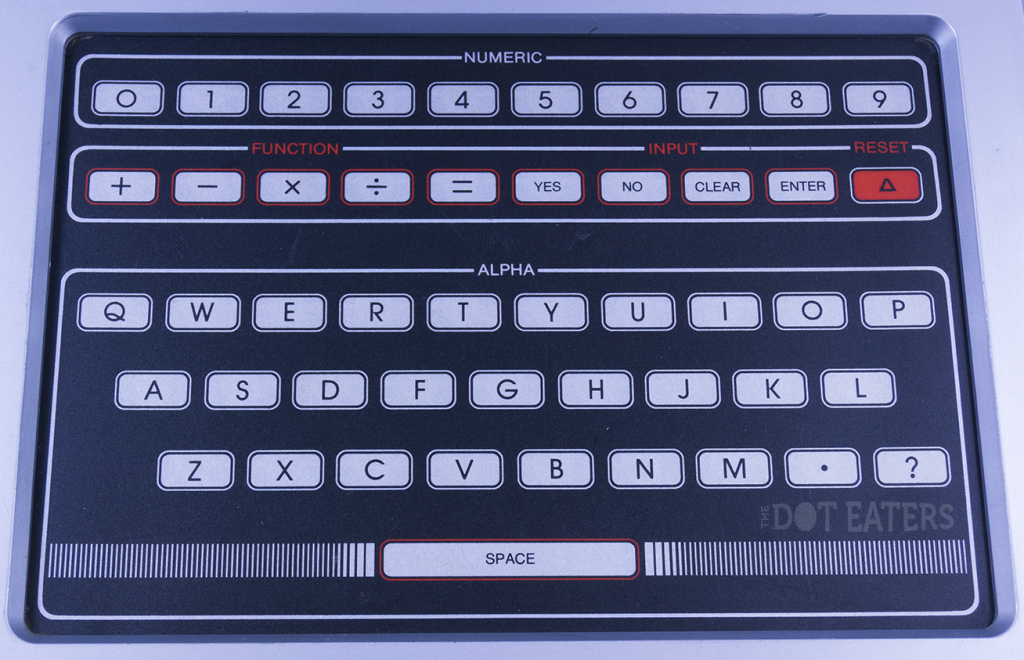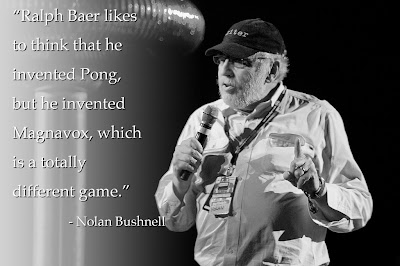If you’re enjoying a current generation video game behemoth like the PS4 or Xbox One (or, yes, even the Wii U) in your home these days, you might be curious where home video games began, and the person who invented them. Well, let’s set the Wayback Machine to 1966, Sherman, and see how it all started [cue wavy lines]…
Born in Germany in 1922, Ralph Baer and his family escape amidst the growing Nazi tyranny and emigrate to the United States in 1938, when Baer is 16. Graduating from a correspondence course in radio repair, in 1939 – 40 he runs his own radio repair service in New York City. With the outbreak of the war in Europe, Baer serves three years in the US Army, from 1943 – 1946, the final two years overseas during WWII assigned to Military Intelligence. After leaving the army, via the G.I. Bill, in 1949 he graduates from the American Television Institute of Technology (ATIT) in Chicago with a B.S. in Television Engineering. In 1951 he is employed by U.S. defense contractor Loral Electronics Corporation, based out of New York City. Among other assignments at Loral, he is given the task to develop “the world’s best television receiver”, which would include so many technical advances that the public couldn’t help but want it, no matter what the price. It is during this project that his thoughts turn to the passive nature of television and how to tap into the market of 62 million homes already with TV sets, but his idea of working an interactive on-screen sports game into the design comes to naught as Loral brass decide the market wouldn’t bear the ultimate cost of their revolutionary projection TV. Having moved to New Hampshire based military contractor Sanders Associates by 1966, Baer continues to mull over his interactive television concept and one day while waiting for an associate at a New York City bus terminal he scratches down his concepts for a TV based videogame system, which he later transcribes into a 4 page paper. In this he outlines a low-cost device for attaching to a standard TV set, along with a list of game categories that would become staples in the industry, such as Action, Puzzle, Instructional and Sports.

The brown-box prototype
By now the division manager of electronic design at Sanders, Baer has nearly 500 engineers and technicians at his disposal, along with the ability to authorize various projects dealing with electronics. He draws up a schematic based on his TV game design and begins developing the system on the side, and by late 1966 has breadboarded a symbol generator creating manually controlled spots of light that can chase each other around on a TV screen. With the help of fellow Sanders employees Bob Tremblay and Bob Solomon, Bear continues his work in a secret lab inside Sanders known as the “Game Room”, to which only his team has the key. By December of that year they are ready to demonstrate a system that uses the moving spots in a rudimentary game. By using two circuits known as Spot Generators, they create a simple electronic game of “tag” with two spots chasing each other, if one is caught by the other it is wiped out. In January of 1967 Baer puts technician Bill Harrison to work to build the first multi-game unit. It plays chase games, has a light gun and a variety of other games, including a version of hockey where both impact velocity and angle geometry of shots are replicated. Through its various numbered iterations, the game system is titled TV Game Unit. It is more commonly referred to in the lab as The Brown Box, due to the wood-grain adhesive vinyl applied around the chassis by Harrison in an attempt to make the whole thing more attractive as a consumer device. After demonstrating the system to Sander’s Corporate Director of Research and Development Herbert Campman, the project is approved and funds for further research are forwarded. Now working alongside Baer and Harrison is engineer Bill Rusch. Rusch designs a new game, and it is perhaps not surprising that it too harkens back to an archetypal playground activity, using three spot generators to produce two onscreen paddles along with a ball in a game of “catch”. Baer and Harrison further refine the play so that the ball can be served from off-screen when it has been missed by a player, creating a simple ping-pong game.
After adding a light-gun and some other games, Baer’s Brown Box would be licensed exclusively by Magnavox and released in 1972 as the Odyssey, the world’s first home video game console. It sold 333,000 units up until its discontinuation in 1975, but that wasn’t where the real money was; possessing control of the first home video game patent, Magnavox was able to collect millions of dollars in licensing and lawsuit judgements from anyone attempting to enter the market after PONG became wildly successful. That includes Nolan Bushnell and Atari, who created PONG.
For more information on the Odyssey, consult your local Dot Eaters entry. We’ll leave you with an amazing video of Ralph Baer demonstrating the Brown Box prototype at Sanders in 1969.












